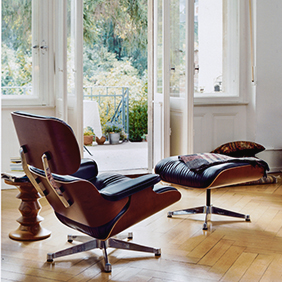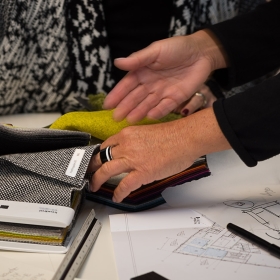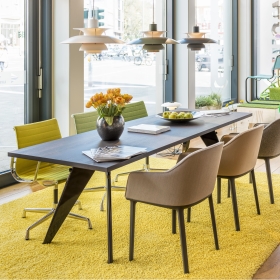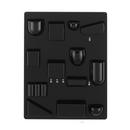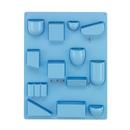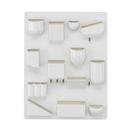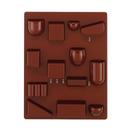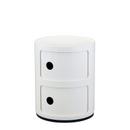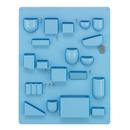Uten.Silo RE II
by Dorothee Becker, 1969 — 319,00 €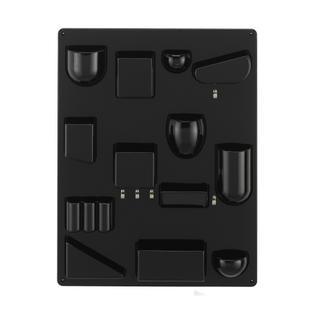
has been added to your wishlist.
Details
| Product type | Storage system |
| Abmessungen | 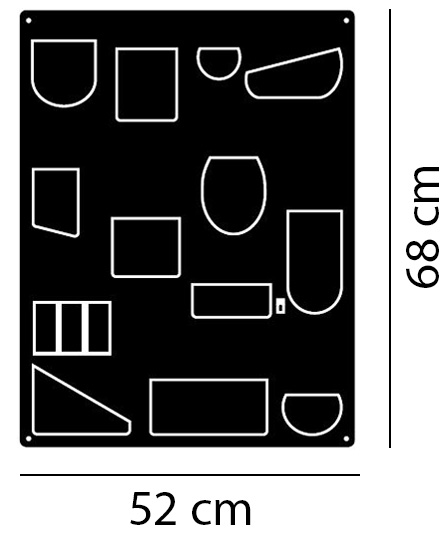 |
| Farben |     |
| Material | Body: recycled ABS plastic Hook: metal nickel plated |
| Variants | Also available as Uten.Silo II |
| Delivery includes | 1 organizer (decoration is not included) |
| Care | The plastic surfaces should be cleaned with a soft, damp cloth and a mild, non-abrasive detergent. |
| Sustainability | With the Uten.Silo RE, Vitra is launching a storage solution that is both made of recycled polypropylene and 100% recyclable, which in turn can be fed back into the material and production cycle. |
| Warranty | 24 months |
| Product datasheet | Please click on picture for detailed information (ca. 0,2 MB).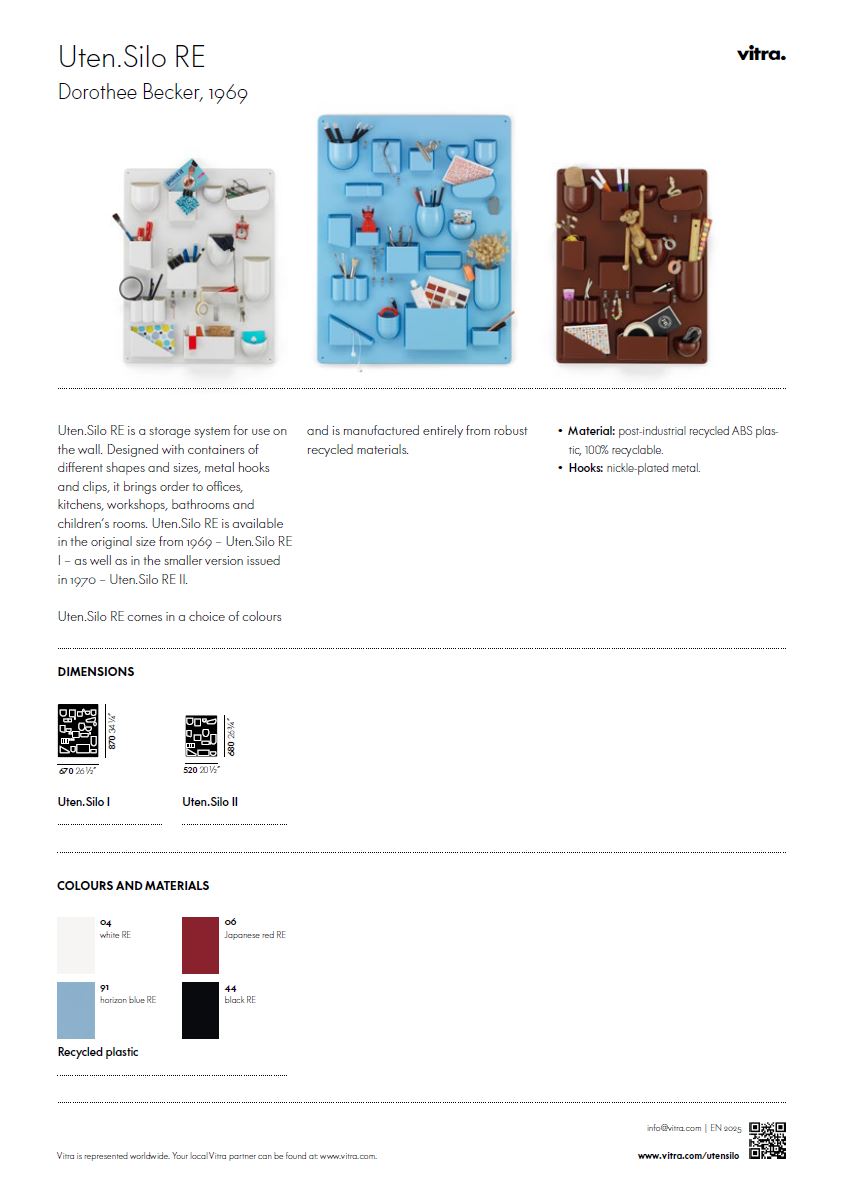 |
FAQ
What is the difference between the Uten.Silo I and the Uten.Silo II?
The Uten.Silo I (dimensions 67 x 87 cm) is the original design from 1969. The smaller version (Uten.Silo II, Dimensions 52 x 68 cm) was created in 1970. With the Uten.Silo II one has slightly less storage space.
Are the necessary screws/wall plugs supplied with the Uten.Silo II?
No, the Vitra Uten.Silo is supplied without screws and wall plugs, these should in any case be selected depending on the local conditions, for example, type of wall.
The Design
For the storage of varied utensils and the plague of small objects found in every kitchen, bathroom or workshop the Vitra Uten.Silo II is the perfect remedy.. The plastic Uten.Silo originated from a wooden design and is, albeit indirectly, influenced by ideas of Montessori education. In the 1960s, Dorothee Becker designed a wooden toy consisting of geometric figures which could be inserted in holes in a wooden board. With the support of her then husband, the designer Ingo Maurer, subsequently Becker developed that original wooden toy into a storage object, in which pockets of various sizes and shapes and metal hooks are employed to allow for the storage of various objects. The Vitra Uten.Silo II is the second version of the original 1970 Uten.Silos I, the pair differing in terms of size and number of pockets: Uten.Silo I is 87 x 67 cm, Uten.Silo II is 68 x 52 cm
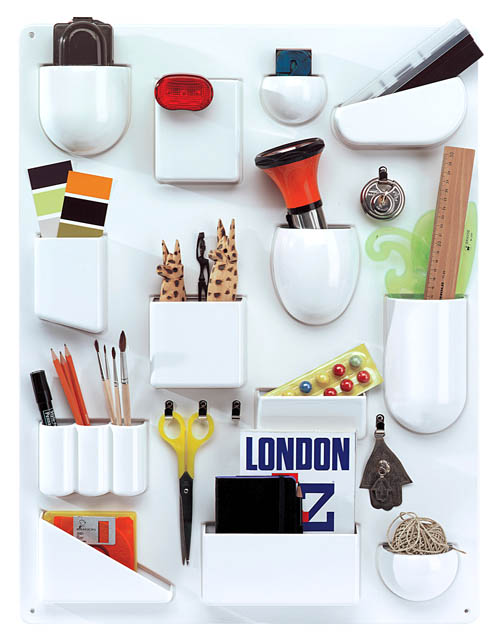
The Vitra Uten.Silo is cast in one piece of plastic.
Designer
Born in Aschaffenburg, Germany in 1938 Dorothee Becker, is not a designer in the true sense and she has studied neither design nor architecture but languages. Thus it is perhaps no surprise that the Vitra Uten.Silo I and Uten.Silo II are her only furniture design. Between 1962 and 1976 she was married to the furniture and lighting designer Ingo Maurer and with him established M Design, a company that was responsible for developing, producing and marketing Maurer's designs, and originally Beckers Uten.Silo. Dorothee Becker worked in a senior capacity for Design M until 1989, sicne when she has all but vanished from the design radar.
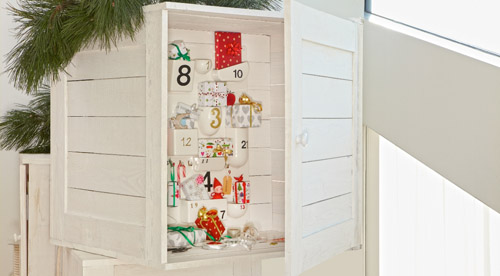
Versatile. In the VitraHaus the Uten.Silo has even served as an advent calendar
Manufacturer
With a portfolio of high-quality design furniture and accessories Vitra has represented an individual flair and sense of style ever since his company was founded in the 1950s: and that not just with established design classics such as the Uten.Silo, but also with new products such as the Corniches by Ronan and Erwan Bouroullec. Founded in Swiss village of Birsfelden, one of the true Vitra flagships is the so-called Vitra Campus in Weil am Rhein, internationally acknowledged for its unique collection of commissioned works by leading international architects. The first item on the Vitra Campus however was a sculpture by the artists Claes Oldenburg and Coosje van Bruggen, and in this sense the Campus should be understood as pluralistic creative location and not only serve for the presentation of Vitra designs. In this sense the Vitra Design Museum by Frank Gehry presents exhibitions on a wide range of design, architecture and art themes. In theVitraHaus by Herzog & de Meuron, Vitra presents its world - and that,a s one would expect, in ever changing exhibitions and scenarios.
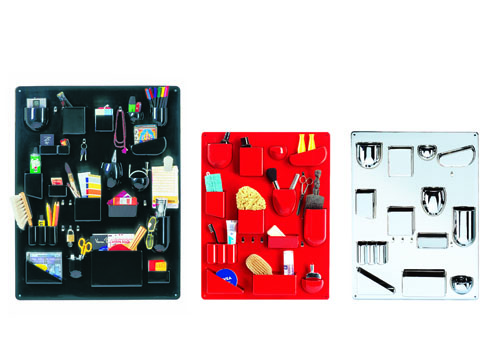
3, 2, 1: Uten.Silo I, Uten.Silo II and the Chrome Edition
Production
Before Vitra took Dorothee Becker's Uten.Silo into series production, the designer and her husband, Ingo Maurer, had already produced the work in small series. Originally designed as a wooden object, Maurer invested in an injection mould made of metal in order to create the plastic Uten.Silo. In 1969, the production was first taken over by the company Dynamit Nobel Weißenburger who made Uten.Silo in injection moulded ABS. Due to the oil crisis in the 1970s and the resulting increase in plastics prices, production was suspended until the 1990s. Today Becker's Uten.Silo I and Uten.Silo II are produced by Vitra via the same one piece injection moulded process. In addition to the plastic body the Vitra Uten.Silo also features metal hooks and a polystyrene backboard.

The Uten.Silo was Dorothee Becker's only commercial design.
Historical Context
As a multifunctional design object Dorothee Becker's plastic organiser is modern and contemporary - yet is actually a typical 1960s design. As with the furniture designs of her contemporaries such as Verner Panton and Eero Aarnio, the Uten.Silo by Dorothee Becker was born in a post-war society embodied by a desire to share the new prosperity as widely as possible. In the case of furniture production this largely meant mass production, often in plastic. The, then, new material was easy to mould, easy to colour and was relatively cheap. Vitra produces the Uten.Silo I and Uten.Silo II in ABS plastic, a material and object combination which perfectly reflects the organic form language, functional demands and social mood of the post-war age.
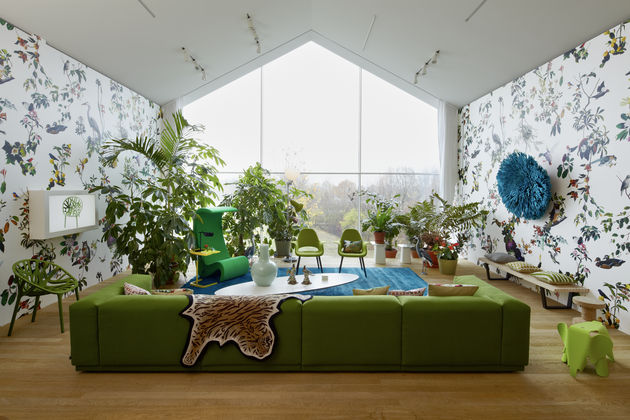
The floral world of Vitra


